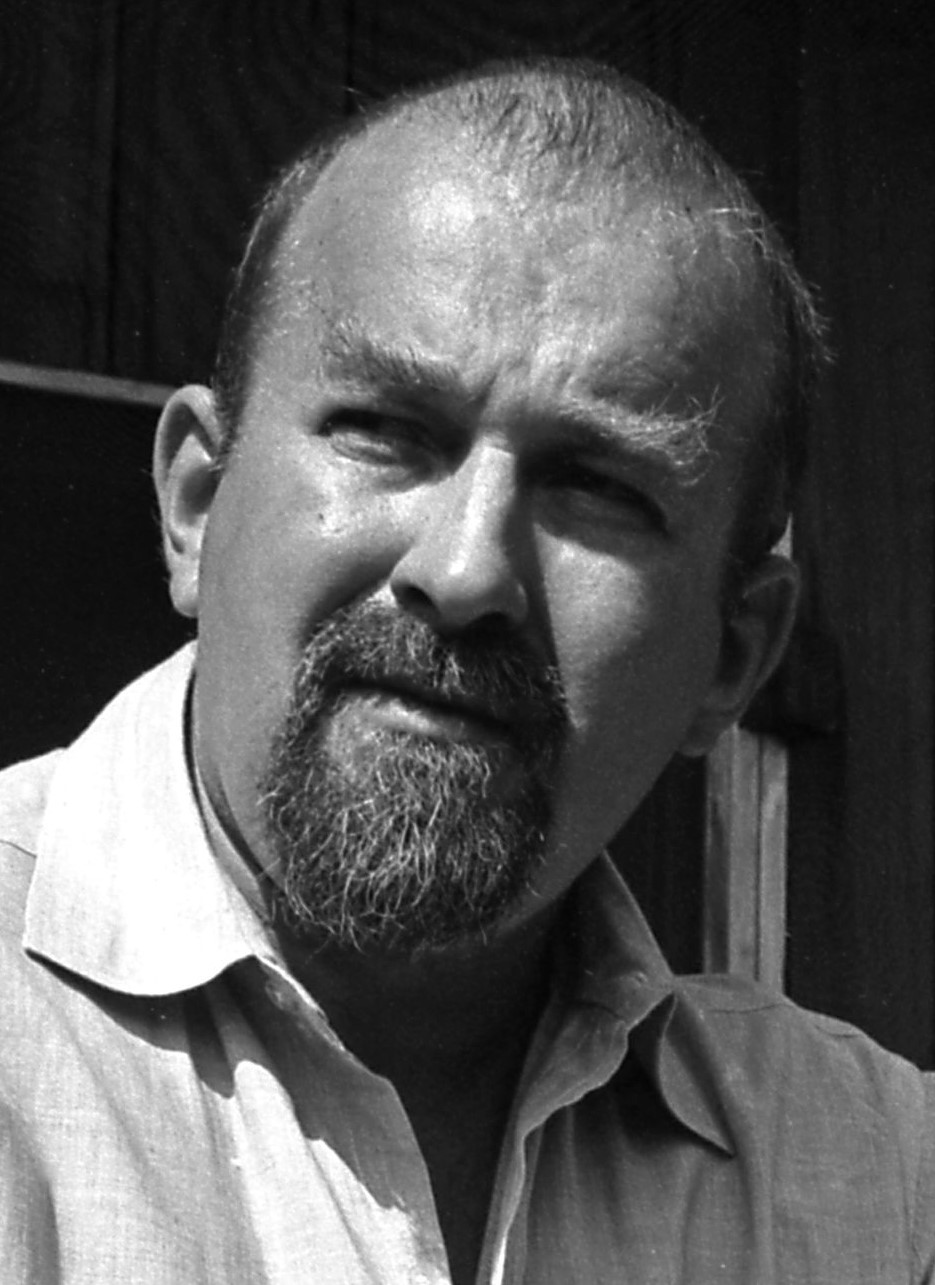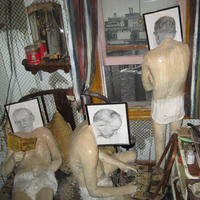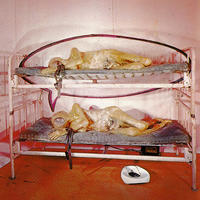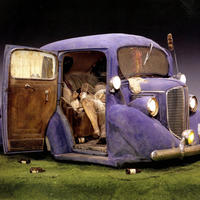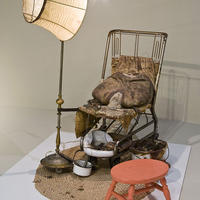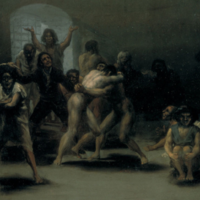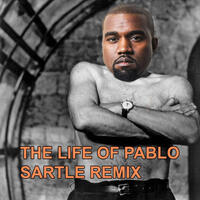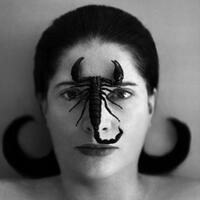More about Edward Kienholz
Works by Edward Kienholz

Contributor
Edward Kienholz is buried in the front seat of his brown 1940 Packard Coupe, a dollar bill and a deck of cards in his pocket, a bottle of Chianti, and the ashes of his dog Smash in the seat beside him.
Even more badass, in 1981 Kienholz went all honest on the world and retroactively co-signed all his work from 1972 onward with his wife Nancy Reddin Kienholz. I would have loved to give the man a big old feminist hug but missed the chance. We were in Los Angeles at the same time, foraging for materials and ideas, but alas didn't cross paths.
Kienholz grew up on a farm in Washington state where he learned how to make or fix just about anything. You can see the influence his first jobs (used car salesman, mental institution attendant, and dance club manager) had on his artwork. He created room-size installations of a brothel, a god-forsaken cell in a mental institution, and a full-on bar, as well as various installations using cars.
Eventually, Kienholz landed in Los Angeles and fell in love with the avant-garde scene there. He foraged the streets and secondhand stores for his materials, kind of like Robert Rauschenberg, another trash aficionado. His room-size installations are full of broken mannequins and weary worn stuffed animals. Kienholz's art is not pretty or consumable. It's large, down-and-dirty, no-holds-barred. Not surprisingly then, the Los Angeles Board of Supervisors tried to ban his masterpiece Back Seat Dodge '38. This helped drive him out of LA. He settled in a remote town called Hope, Idaho. He divides his time between Hope and Germany. Unlike the United States, Europe appreciated Kienholz's unorthodox point of view from early on in his career.
Featured Content
Here is what Wikipedia says about Edward Kienholz
Edward Ralph Kienholz (October 23, 1927 – June 10, 1994) was an American installation artist and assemblage sculptor whose work was highly critical of aspects of modern life. From 1972 onwards, he assembled much of his artwork in close collaboration with his artistic partner and fifth wife, Nancy Reddin Kienholz. Throughout much of their career, the work of the Kienholzes was more appreciated in Europe than in their native United States, though American museums have featured their art more prominently since the 1990s.
Art critic Brian Sewell called Edward Kienholz "the least known, most neglected and forgotten American artist of Jack Kerouac's Beat Generation of the 1950s, a contemporary of the writers Allen Ginsberg, William Burroughs and Norman Mailer, his visual imagery at least as grim, gritty, sordid and depressing as their literary vocabulary".
Check out the full Wikipedia article about Edward Kienholz

